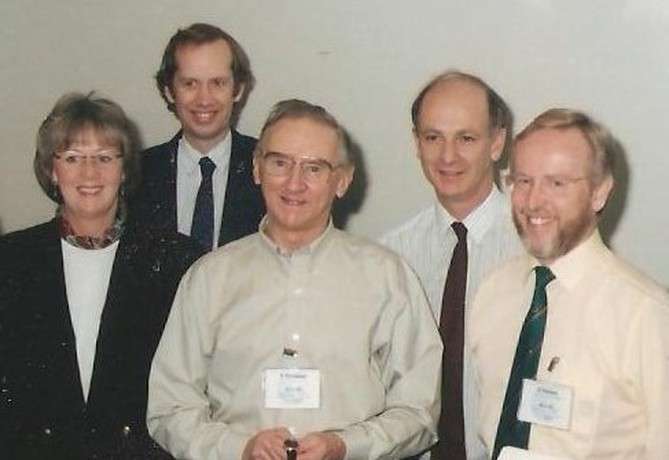 Peter Fortescue (centre) on the occasion of his retirement from lecturing on the Spacecraft Systems Course at ESA Estec in the Netherlands. L to R Maggie Hendricks (ESA), Adrian Tatnall (Southampton Uni), Richard Holdaway (RAL) and (a much younger) me (Southampton Uni).
Peter Fortescue (centre) on the occasion of his retirement from lecturing on the Spacecraft Systems Course at ESA Estec in the Netherlands. L to R Maggie Hendricks (ESA), Adrian Tatnall (Southampton Uni), Richard Holdaway (RAL) and (a much younger) me (Southampton Uni). Peter was a good friend and colleague who I shall miss greatly. He was also an editor and coauthor of a standard textbook on spacecraft engineering and design – ‘Spacecraft Systems Engineering’, published by Wiley currently in 4th Edition, which is being translated into Russian and Chinese –
see http://eu.wiley.com/WileyCDA/WileyTitle/productCd-EHEP002270.html
Global sales of the book since it was first published in 1991 have reached many tens of thousands of copies which makes it a ‘best seller’ for this category of book.
Peter was my ‘unofficial mentor’ when I joined the University of Southampton in 1987, and I am forever grateful for his help and kindness at that time in aiding my transition from the space industry to academia. He himself had made a similar transition from industry years earlier, and as an expert in control engineering he had fingers in many pies. But his main contribution, I believe, was that he established the now renowned Southampton courses in spacecraft systems engineering, along with John Stark, out of which grew the textbook mentioned above. Subsequently, the courses were established as part of ESA’s training programme and as a consequence many courses were presented to ESA staff over the years at a variety of ESA venues, including their technical HQ Estec in the Netherlands.
Thank you Peter for your kindness, and always giving generously of your time to advise and help. Your example was a great influence on my own development as a teacher of both students and industrial/agency engineers.
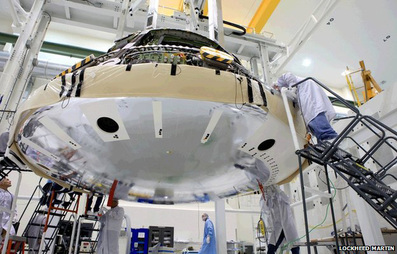
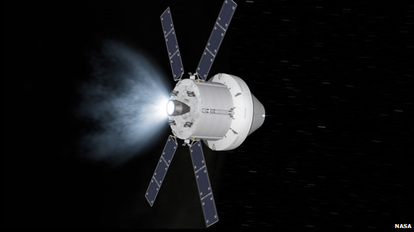
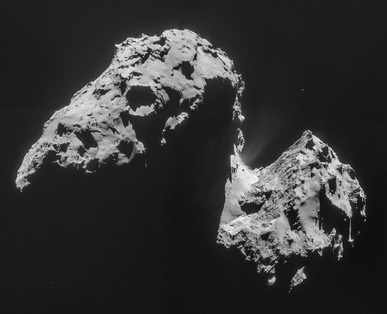
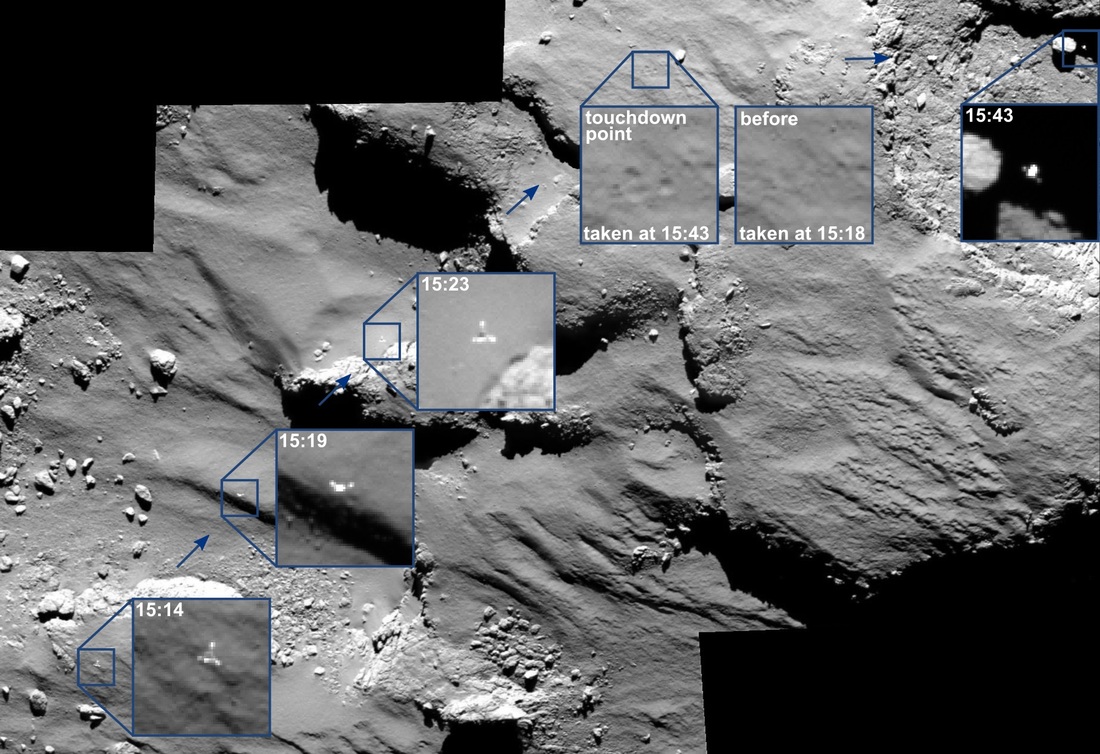
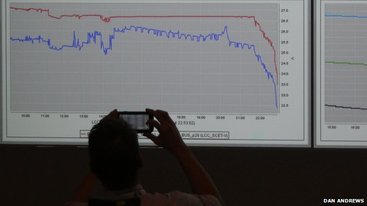
 RSS Feed
RSS Feed
